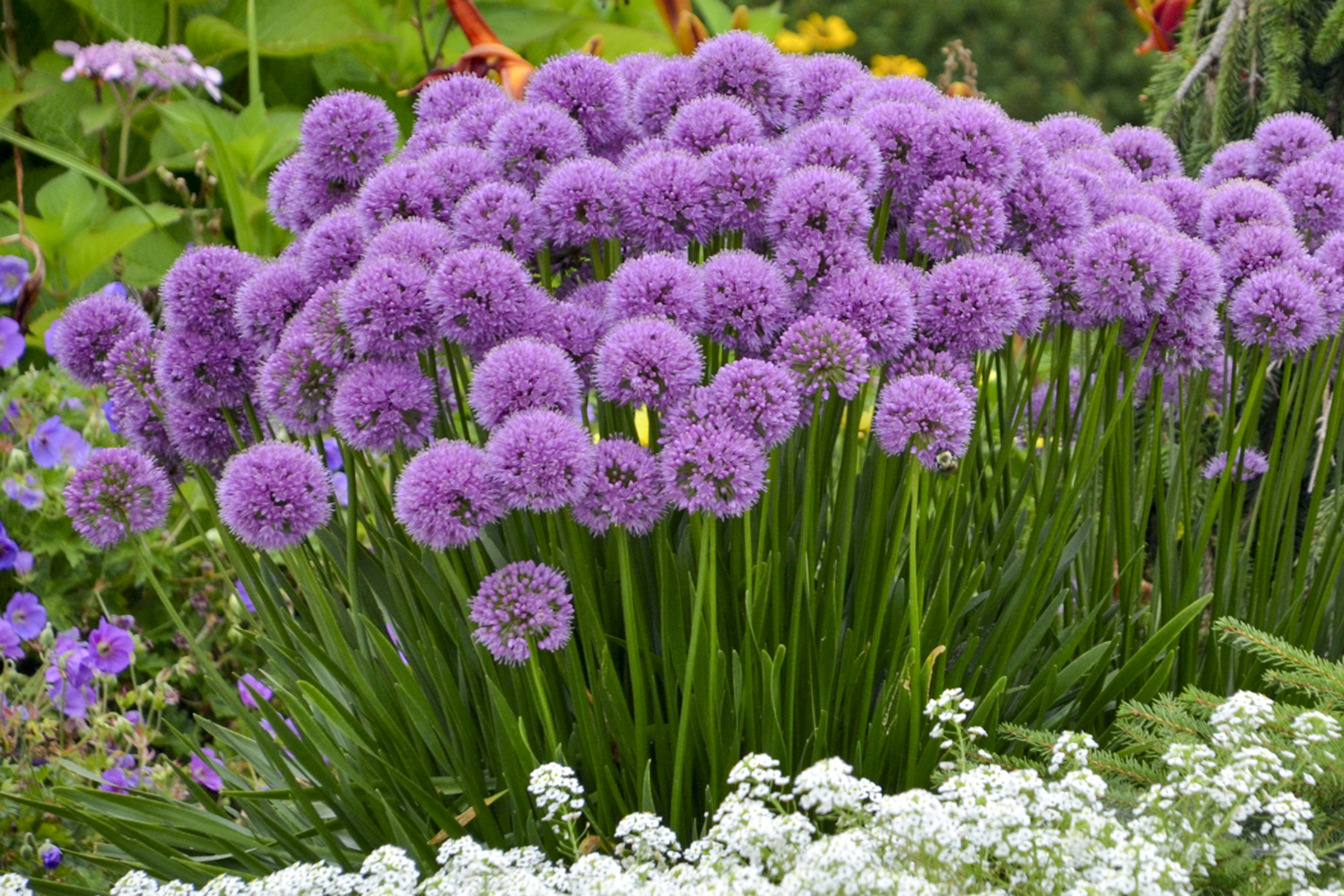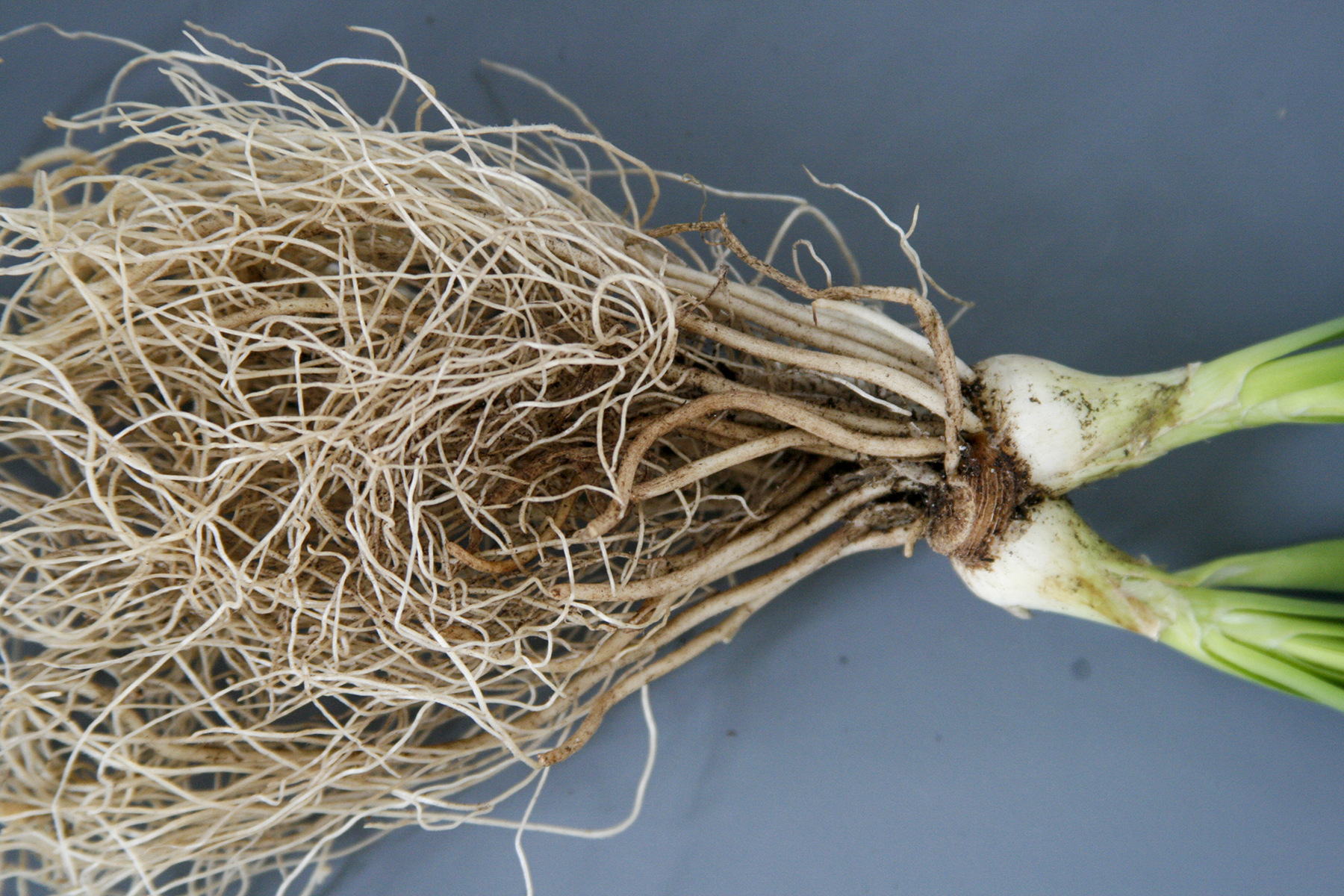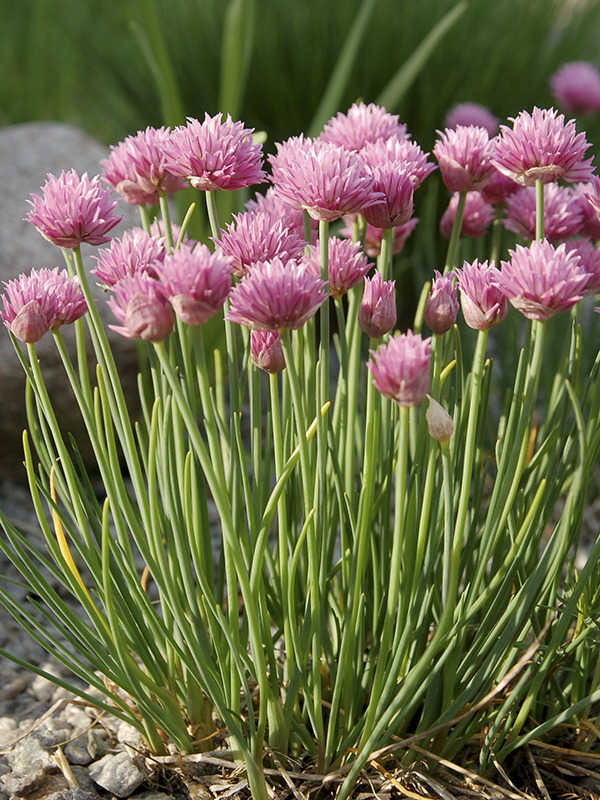The Rapid Rise of Millenium

For folks who deal in ornamental onions, sales of alliums have risen dramatically over the past decade. To be clear, these are the small-bulb alliums, hardy to zone 4 or colder, not the Globemasters popular ten years ago and sold into the bulb market. Until recently, allium as an ornamental perennial sold hardly at all. Probably the best-known alliums were the chives over in the herbal program. However, when chives mature to flower, the blades bend easily and the habit becomes weedy overall.
Millenium is the package that brought perennial alliums to ornamental success in the commerical industry. Nice round globes, stiff leaves that don't flop, long-lasting habit and a high resistance among deer and rabbits.

Game Changer
Lots of allium species and cultivars exist, but none of them had any real impact within the industry itself. MIllenium was released by Mark McDonough, a plant enthusiast and self-described “Mr. Onion.” By day, he worked at a Boston-area architectural and engineering firm but his passion was alliums. McDonough embarked on a mission to create a photo database of the world’s allium species during the ’90s. He also bred them as part of his hobby. His eye would settled on a seedling that would later become Millenium. Millenium. In keeping with his volunteer roots, he released the cultivar without patent or trademark.
His breeding reset people's expectations of what an allium could do. Millenium is adaptable to lots of soils and has good tolerance for dry weather and the heat that goes along with it. The plant emerges very early in spring, puts up flowers in early summer, then hangs around as an attractive specimen until fall, when seed heads can be left up for additional interest. Millenium is also incredibly deer and rabbit resistant. It ticks a lot of the desired checkboxes.
Cognoscenti like Tony Avent recognized the value of Millenium. In 2000, Plant Delights Nursery introduced it formally and began to spread the word. He and other growers laid down the groundwork to supply the industry, but demand would mumble for a couple of decades.
A major reason for Millenium's durability is the mass of fiberous roots that grip the soil underneath the bulb. They start out thick at the base of the bulbs but quickly branch out into a dense mat of thin but tough roots. All this mass came out of a standard 32-cell plug.

Demand for Millenium
Awareness changed for Millenium with the Perennial Plant of the Year award for 2018. That year the society banged its big drum for the plant, and demand ramped up in a big way. What’s surprising is the speed of its popularity. In essence, Millenium spent the better part of two decades as a secret and the moment the secret got out, everyone had heard of it. These days, Millenium dominates allium sales the way Rozanne dominates perennial geraniums.
A major reason for that speed is the deer pressure. In the landscaping market, Millenium has become very popular as a drop-in replacement for staples like Stella d’Oro, Happy Returns, and Patriot. Millenium grows to almost the same size, blooms at the time, and tolerates the same conditions, only with built-in deer resistance. It has become a savior in many commercial accounts. All those benefits spill over to garden centers as well.
A trio of larger perennial alliums. Bobblehead has globes roughly the size of tennis balls. Big Beauty is known for its wide strapping leaves. Lavender Bubbles blooms about a month after Millenium. Intermixing the two extends the display a month.
 |
 |
 |
| Allium Bobblehead | Allium Big Beauty | Allium Lavender Bubbles |
Allium Party Tricks
Although Millenium practically defines the category, other allium cultivars do ship. They tend to take the basic chassis as defined by the market leader and then put their own spin onto the formula. In general, alliums follow a basic plan: the larger the plant, the wider the leaves and the more globe-like the flower. As the plant gets smaller, the blades become more slender and quill-like. The flowers become hemispheres or even angled tufts. This is where Millenium hits that sweet middle spot in flower shape and plant habit.
- Big Beauty: Extra wide gray-green foliage with light-pink blooms.
- Bobblehead: Rises 2-1/2 feet high. In the early spring, blades twist over 360° as they emerge for a truly wild look.
- Rising Star: Very short, only 10 to 12 inches high, with bright pink pincushion-style flowers.
- Lavender Bubbles: Blooms appear about a month after Millenium for an extended display when interplanted. Slightly taller and a bit more floriferous than Millenium.
- Summer Beauty: Extremely popular in the Chicago area.
Culturally, these are sun plants; they stretch when shade is introduced. Wet shade causes the blades to stretch even more and the habit to fall apart. For the best upright habit they should be grown a little on the dry side. Consistently wet soil soil rots out the roots.
Rising Star runs in the opposite direction. It looks at Alliums as if they could be a groundcover. The height of the grass-like blades is 10-12 inches, and the flowers bloom just a bit over the top.
 |
 |
 |
| Allium Rising Star specimen | In a mass planting | flowers from overhead |
Popular Articles








